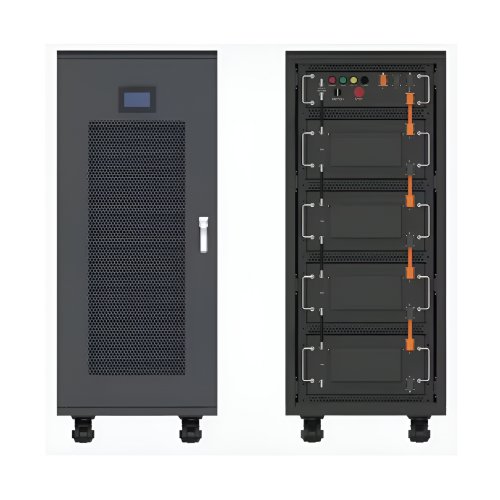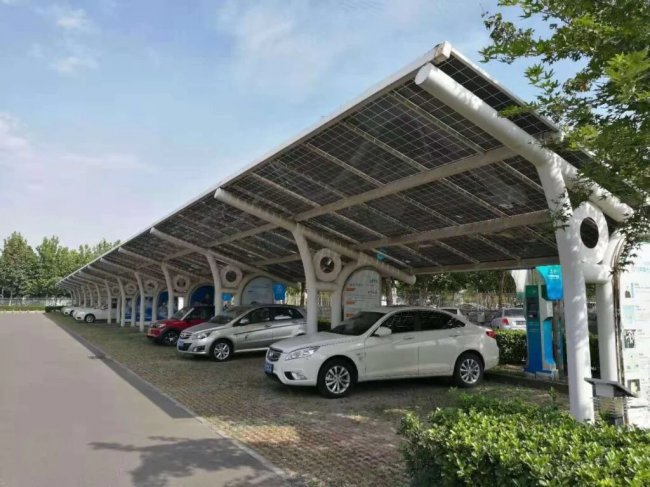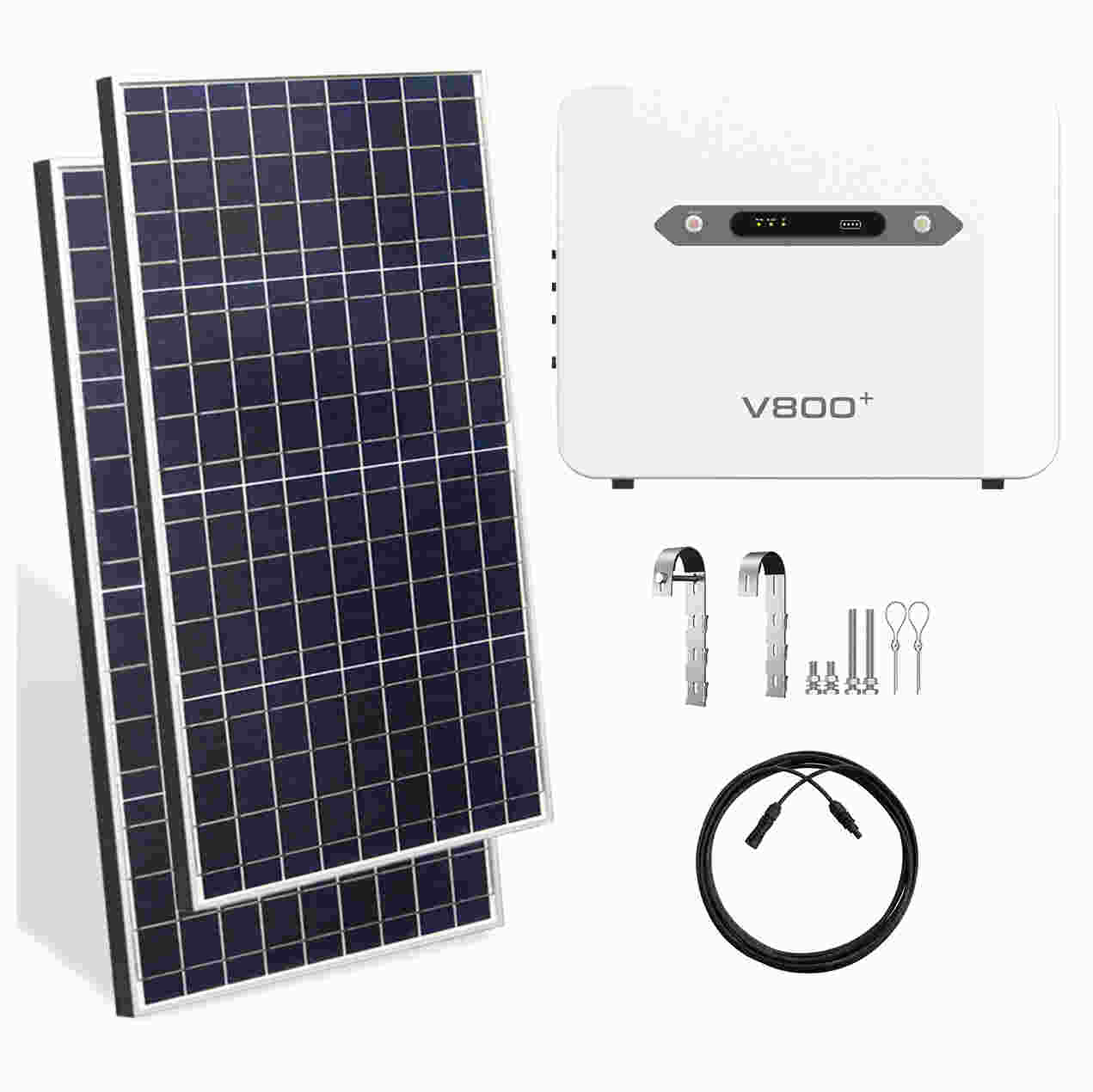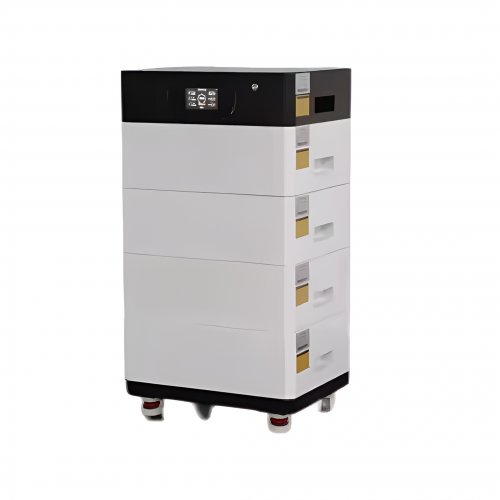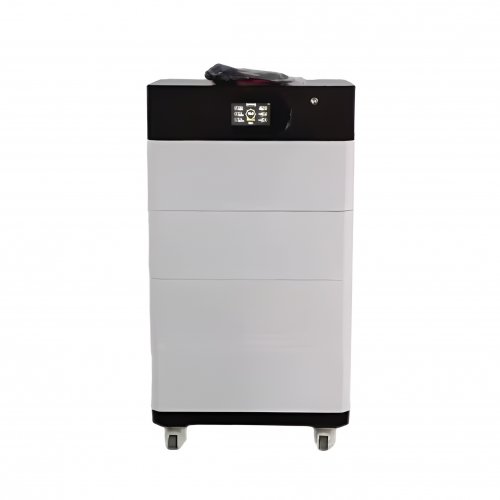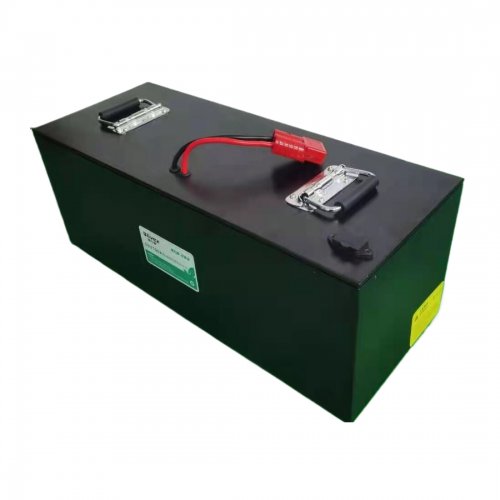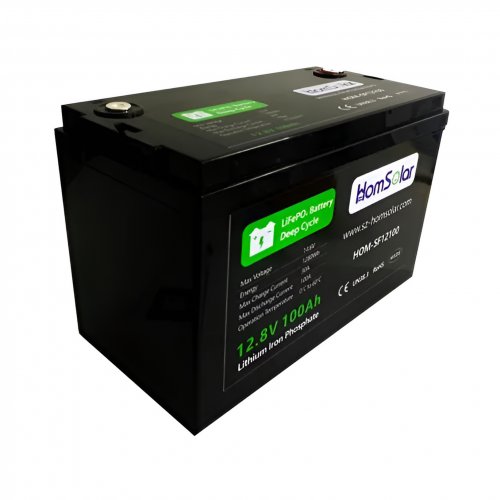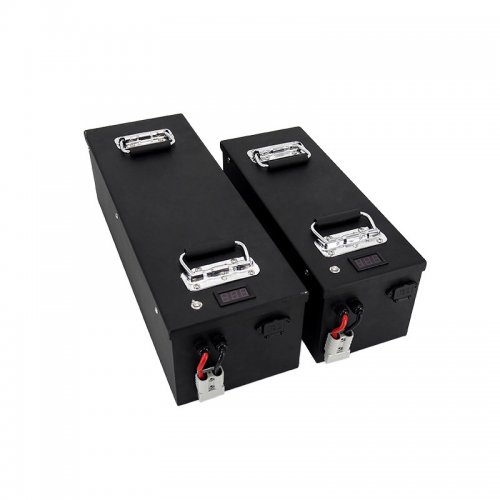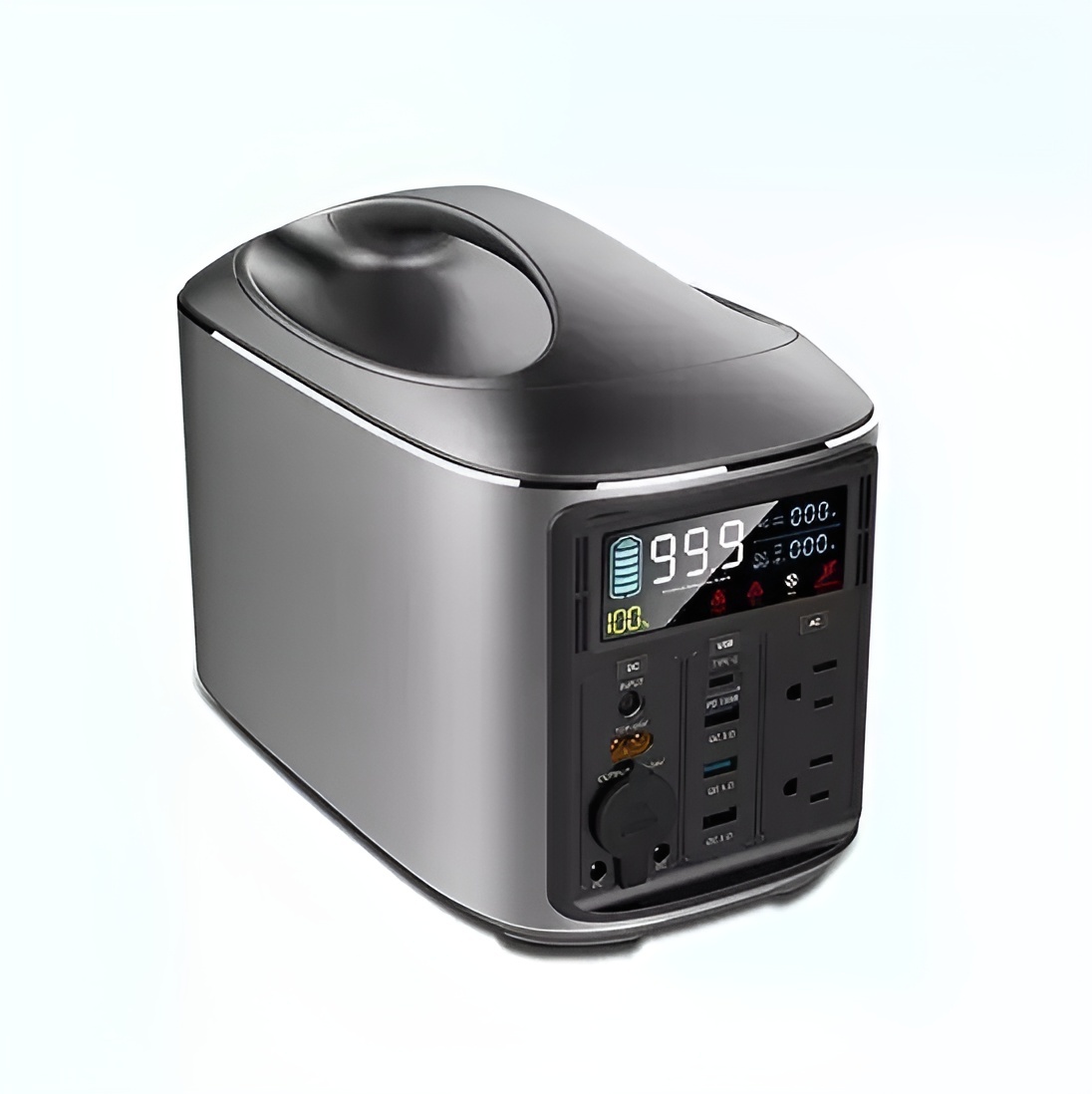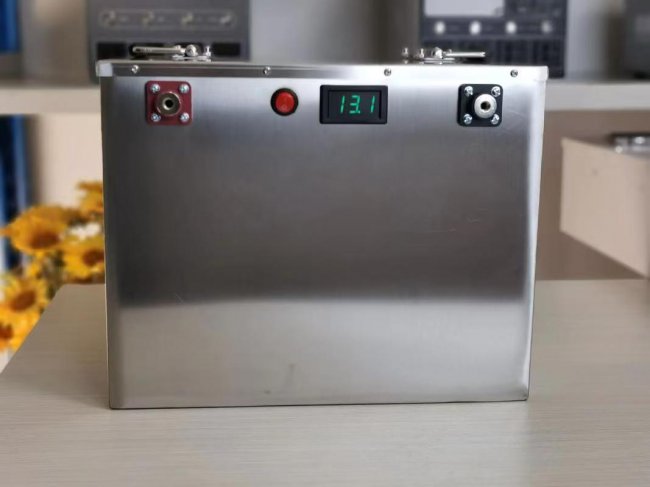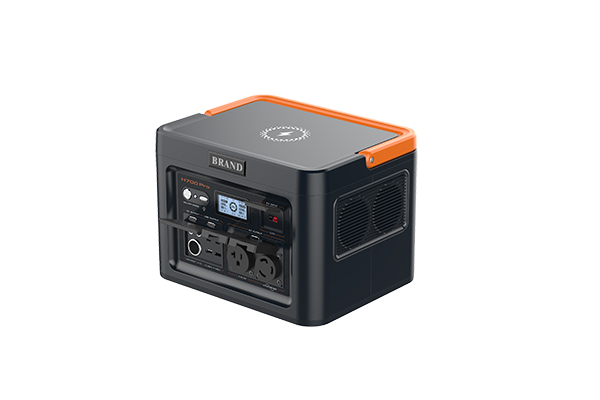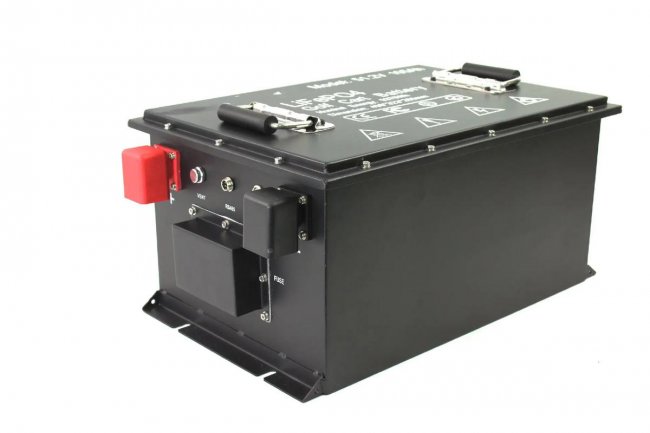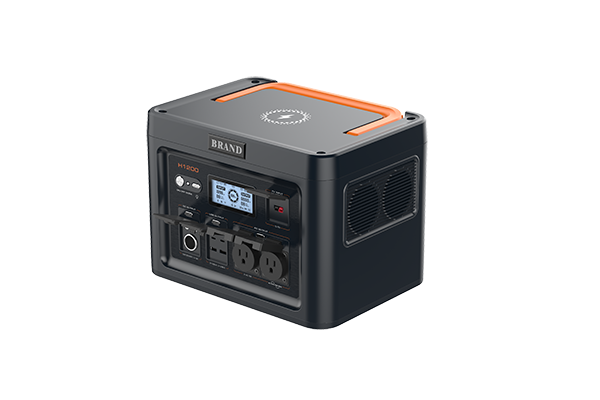Advances In Battery Safety: From Materials Engineering To Smart System Integration
The global transition towards renewable energy and electric mobility is intrinsically linked to the advancement of electrochemical energy storage, primarily lithium-ion batteries (LIBs). While their energy density and performance have seen remarkable improvements, safety remains a paramount concern, casting a shadow over their widespread adoption. Incidents of thermal runaway—a chain of uncontrollable exothermic reactions leading to fire and explosion—continue to highlight the inherent risks. Consequently, recent research has pivoted from a reactive approach to a proactive and holistic strategy, integrating innovations across material science, cell design, and intelligent system management to build inherently safer batteries.
Decoding and Halting Thermal Runaway at the Molecular Level
The fundamental challenge in battery safety is preventing the onset of thermal runaway. This process is typically triggered by internal short circuits, mechanical abuse, or operational extremes like overcharging. At its core, thermal runaway involves the breakdown of the solid-electrolyte interphase (SEI), reaction of the anode with the electrolyte, and the catastrophic release of oxygen from the cathode. Recent research has focused on fortifying each of these weak links.
A significant breakthrough lies in the development of non-flammable or flame-retardant electrolytes. Conventional organic carbonate electrolytes are highly volatile and flammable. Researchers are now exploring several alternatives:Solid-State Electrolytes: This is arguably the most promising avenue. Replacing liquid electrolytes with solid counterparts (e.g., sulfides, oxides, or polymers) virtually eliminates the risk of leakage and fire. For instance, sulfide-based solid electrolytes like Li₆PS₅Cl offer high ionic conductivity comparable to liquids, effectively decoupling the electrodes and preventing dendrite growth. A study by Wang et al. (2023) demonstrated a LiNbO₃-coated LiNi₀.₈Mn₀.₁Co₀.₁O₂ (NMC811) cathode paired with a argyrodite solid electrolyte that withstood nail penetration tests without igniting, a feat impossible for liquid-electrolyte cells.Localized High-Concentration Electrolytes (LHCEs): These electrolytes use a high salt concentration in a diluent to create a stable, non-flammable solvation structure around Li-ions. They simultaneously enable high-voltage stability and suppress lithium dendrite formation on the anode. A recent publication inNature Energy(Qian et al., 2022) showed that an LHCE system could cycle high-energy Li metal anodes with exceptional Coulombic efficiency while passing stringent safety tests.Functional Additives: Small quantities of additives can dramatically enhance safety. Self-extinguishing additives like triphenyl phosphate (TPP) are released upon membrane rupture to quench flames. Furthermore, redox-shuttle additives have been refined to safely dissipate overcharge energy as heat, thereby preventing voltage runaway and subsequent lithium plating.
On the electrode front, efforts are concentrated on stabilizing the high-energy cathodes, particularly Ni-rich NMCs. Their instability at high states of charge is a major source of oxygen release. Advances in core-shell structures and concentration-gradient materials have emerged, where the particle core is high in Ni for capacity, while the outer layer is enriched with more stable elements like Mn or Al. This creates a protective shell that mitigates oxygen evolution and side reactions with the electrolyte at the surface. Similarly, for anodes, the use of silicon-oxygen composites (SiOx) presents a safer alternative to pure graphite or silicon, as they experience less dramatic volume expansion and form a more robust SEI.
Innovations in Cell Design and Internal Safeguards
Beyond chemistry, novel cell engineering designs are providing physical barriers to failure. The integration of internal fuses and current interrupt devices (CIDs) has been standard, but newer concepts are more sophisticated.Thermoresponsive Materials: "Smart" separators that shut down ion transport upon reaching a critical temperature have been commercialized. The latest research involves polymer composites that not only shut down but also, upon further heating, become highly resistive to permanently disable the cell. Another innovative approach is the use of microencapsulated phase-change materials (PCMs) within the cell. These PCMs absorb significant heat during their phase transition, effectively acting as an internal heat sink to dampen thermal spikes.Internal Fire Suppressants: Inspired by aerospace applications, researchers are embedding fire-retardant capsules within the cell structure. When thermal runaway initiates and the temperature soars, these capsules rupture, releasing a suppressant directly into the hotspot. Thisin-situsuppression can contain a single cell's failure from propagating to the entire module.
The Rise of Intelligent Battery Management Systems (BMS)
Even with the most robust cell design, external monitoring and control are crucial. The next generation of Battery Management Systems (BMS) is evolving from simple voltage and temperature loggers into intelligent prognostic and health management (PHM) systems. Leveraging machine learning (ML) and artificial intelligence (AI), these smart BMS can predict safety hazards before they manifest. By analyzing historical cycling data, voltage curves, and internal resistance trends, ML models can detect subtle precursors to failure, such as the onset of lithium plating or minor internal short circuits. For example, a recent study by Severson et al. (2019) inNature Energydemonstrated that using early-cycle data to train ML models could accurately predict the long-term cycling outcomes and failure modes of cells. Furthermore, the integration of acoustic or ultrasonic sensors is being explored to detect the formation of dendrites or gas bubbles in real-time, providing a direct feedback mechanism for the BMS to adjust charging protocols dynamically.
Future Outlook and Challenges
The future of battery safety is undoubtedly multi-faceted, converging materials, design, and digital intelligence. The ultimate goal is the commercialization of the all-solid-state battery, which promises a step-change in safety by eliminating flammable liquids. However, challenges in manufacturing scalability, interfacial resistance, and cost remain significant hurdles.
The paradigm is also shifting towards "design for safety" from the earliest stages of material selection, rather than treating safety as an add-on feature. This involves using high-throughput computational screening to identify inherently stable electrode and electrolyte materials. Simultaneously, the concept of "fail-safe" will be complemented by "fail-operational" systems, where a smart BMS can not only warn of an impending fault but also reconfigure the battery pack to isolate a damaged cell and maintain partial functionality.
In conclusion, the journey towards absolutely safe batteries is ongoing. The synergistic integration of non-flammable solid-state electrolytes, structurally stable electrodes, intelligent internal safeguards, and AI-powered management systems represents the most promising path forward. As these technologies mature and scale, they will not only mitigate the risks associated with current energy storage but also unlock the potential for even higher energy densities, ultimately accelerating the world's clean energy transition.
References:
1. Wang, C., et al. (2023). A high-energy and safe lithium battery enabled by a LiNbO3-coated NMC811 cathode and sulfide electrolyte.Nature Energy, 8(2), 150-162. 2. Qian, J., et al. (2022). High-efficiency and high-power lithium metal batteries enabled by localized high-concentration electrolytes.Nature Energy, 7(10), 948-958. 3. Severson, K. A., et al. (2019). Data-driven prediction of battery cycle life before capacity degradation.Nature Energy, 4(5), 383-391.
Customized/OEM/ODM Service
HomSolar Supports Lifepo4 battery pack customization/OEM/ODM service, welcome to contact us and tell us your needs.


HomSolar: Your One-stop LiFePO4 Battery Pack & ESS Solution Manufacturer
Our line of LiFePO4 (LFP) batteries offer a solution to demanding applications that require a lighter weight, longer life, and higher capacity battery. Features include advanced battery management systems (BMS), Bluetooth® communication and active intelligent monitoring.

Customised Lithium Iron Phosphate Battery Casing
ABS plastic housing, aluminium housing, stainless steel housing and iron housing are available, and can also be designed and customised according to your needs.

HomSolar Smart BMS
Intelligent Battery Management System for HomSolar Energy Storage System. Bluetooth, temperature sensor, LCD display, CAN interface, UART interface also available.


Terminals & Plugs Can Be Customized
A wide range of terminals and plugs can be customised to suit the application needs of your battery products.

Well-designed Solutions for Energy Storage Systems
We will design the perfect energy storage system solution according to your needs, so that you can easily solve the specific industry applications of battery products.



About Our Battery Cells
Our energy storage system products use brand new grade A LiFePO4 cells with a battery lifespan of more than 4,000 charge/discharge cycles.



Applications in Different Industries
We supply customized & OEM battery pack, assemble cells with wiring, fuse and plastic cover, all the cell wires connected to PCB plug or built BMS.
Applications: E-bike, Electric Scooter, Golf Carts, RV, Electric Wheelchair, Electric Tools, Robot Cleaner, Robot Sweeper, Solar Energy Storage System, Emergency Light, Solar Power Light, Medical Equipment, UPS Backup Power Supply.
We can provide you with customized services. We have the ability to provide a vertical supply chain, from single cells to pack/module and to a complete power solution with BMS, etc.


HomSolar (Shenzhen) Technology Co., Ltd







